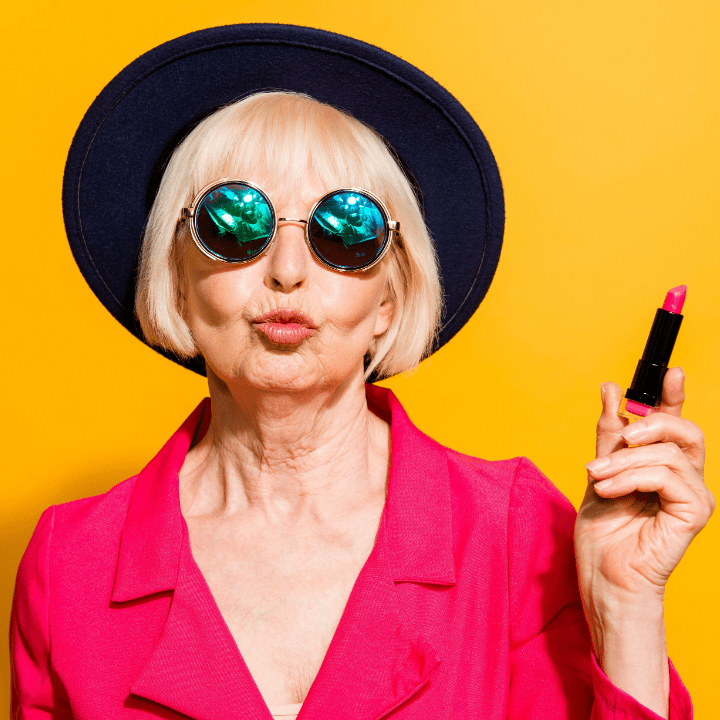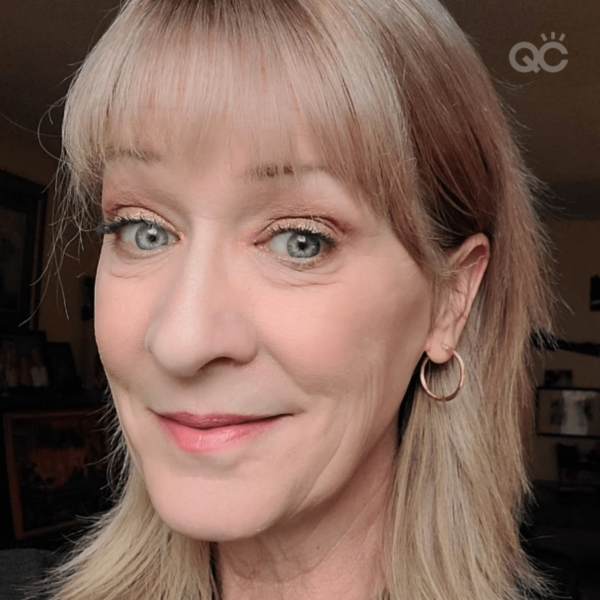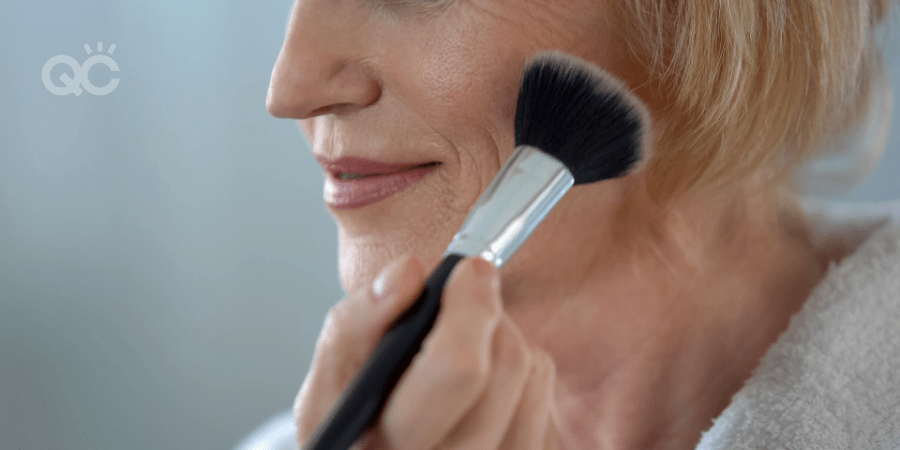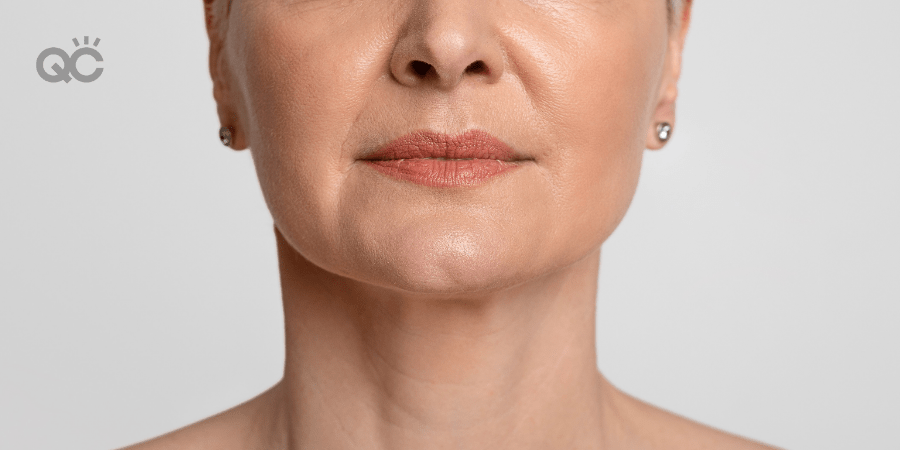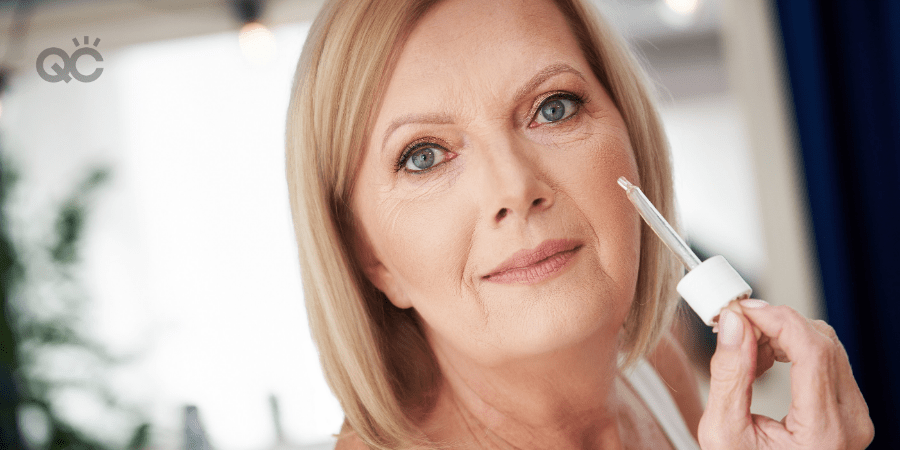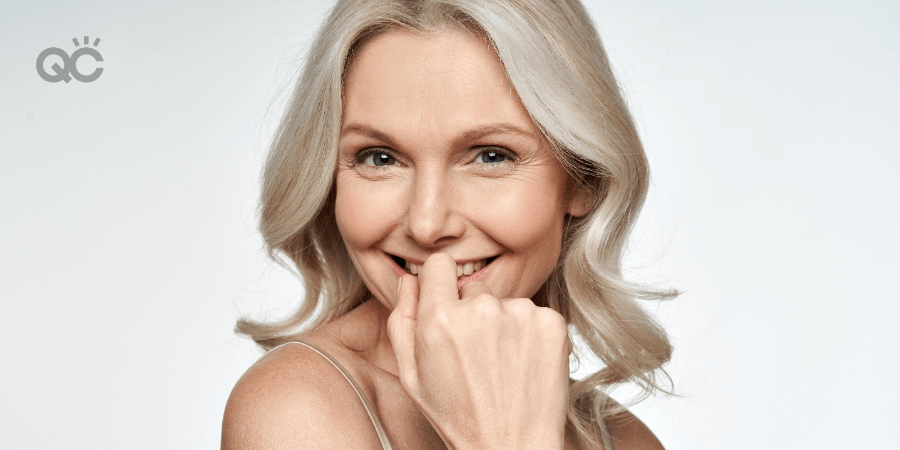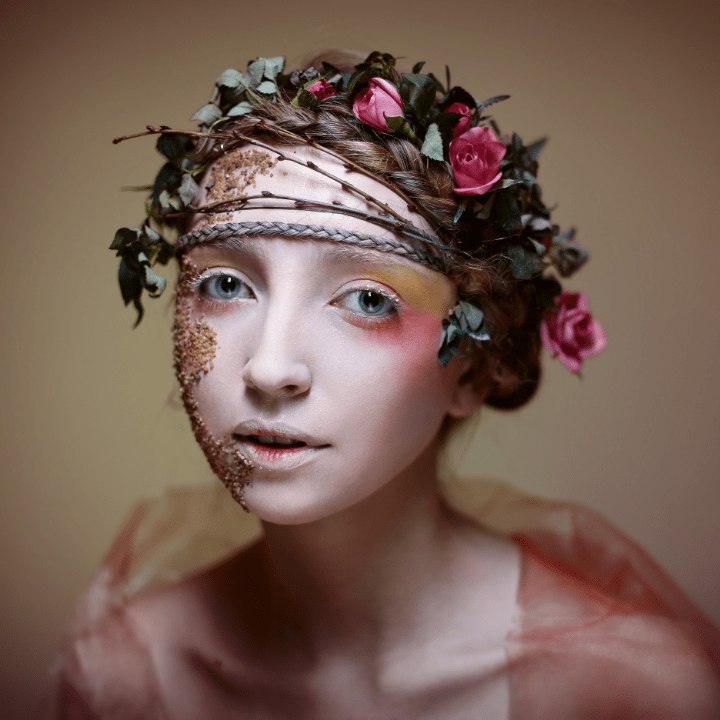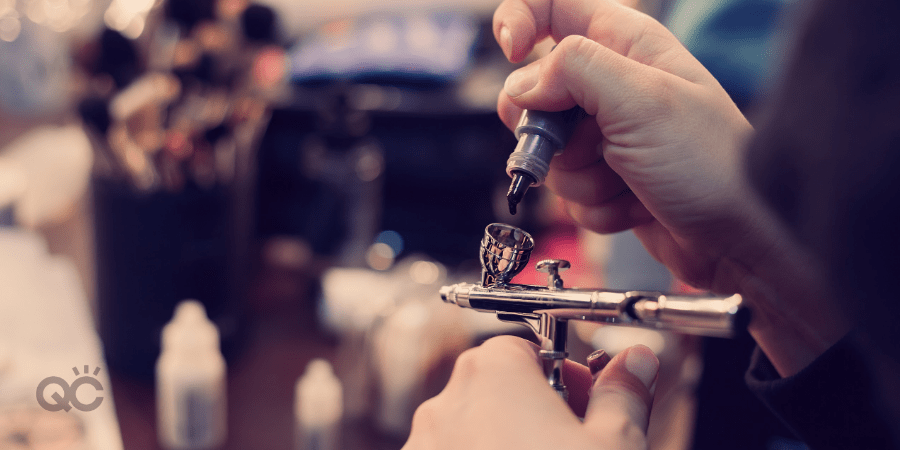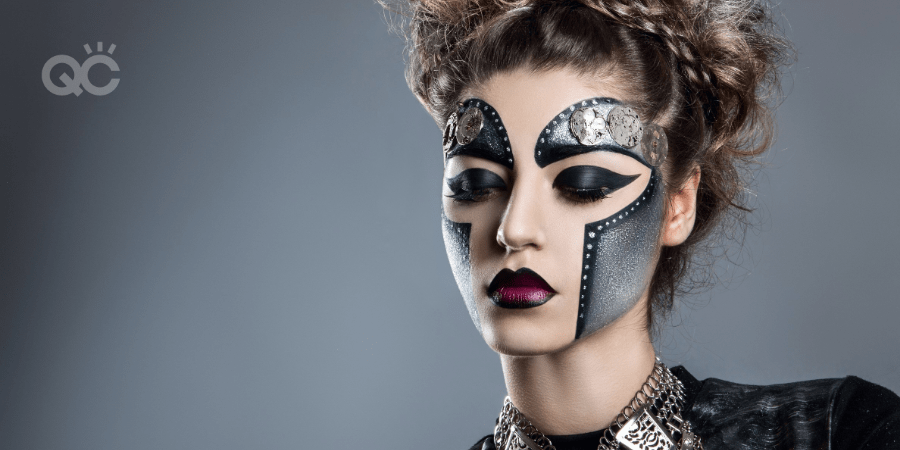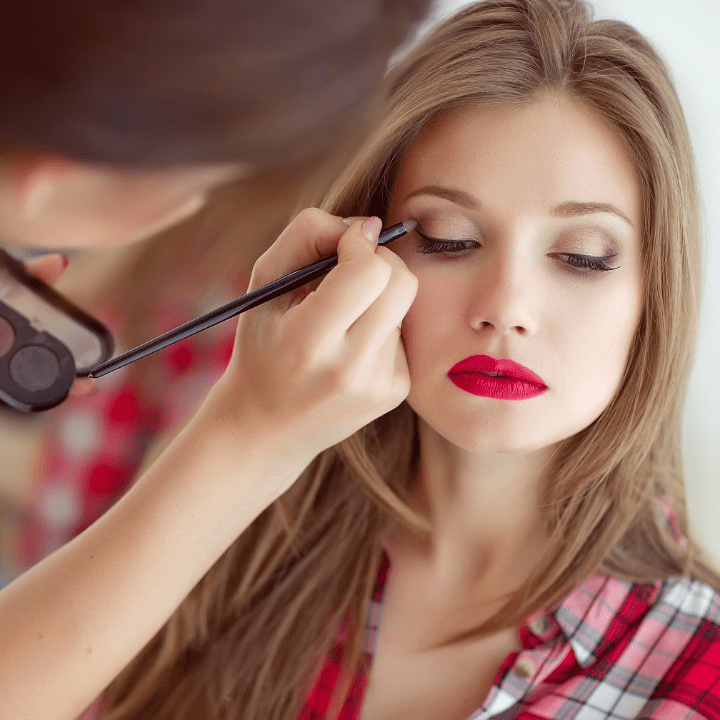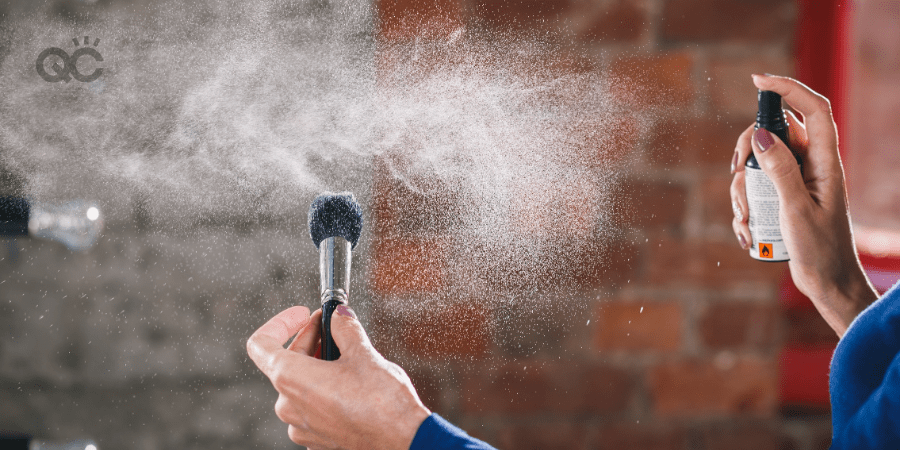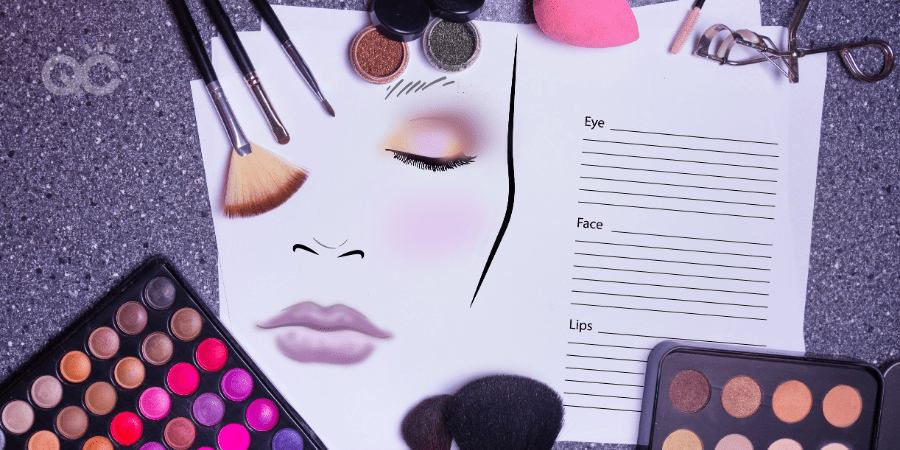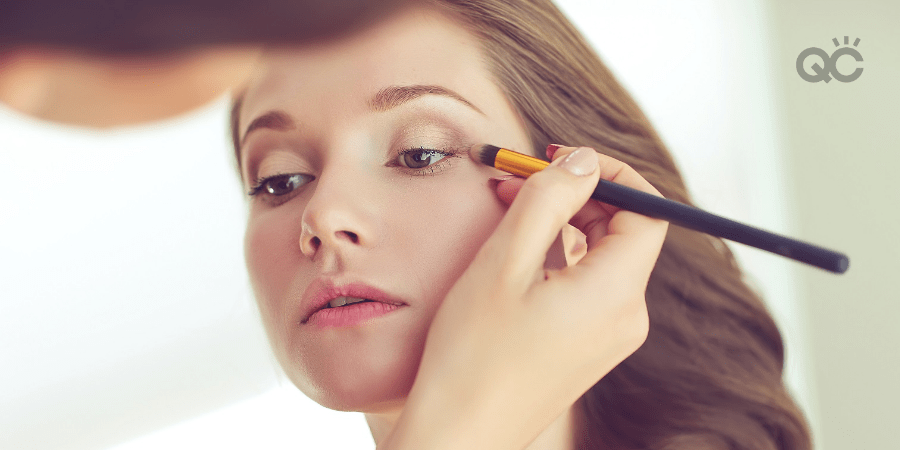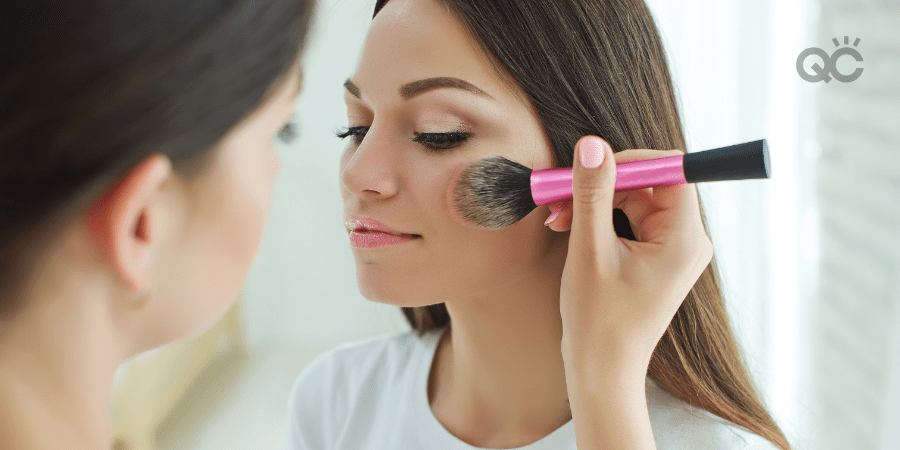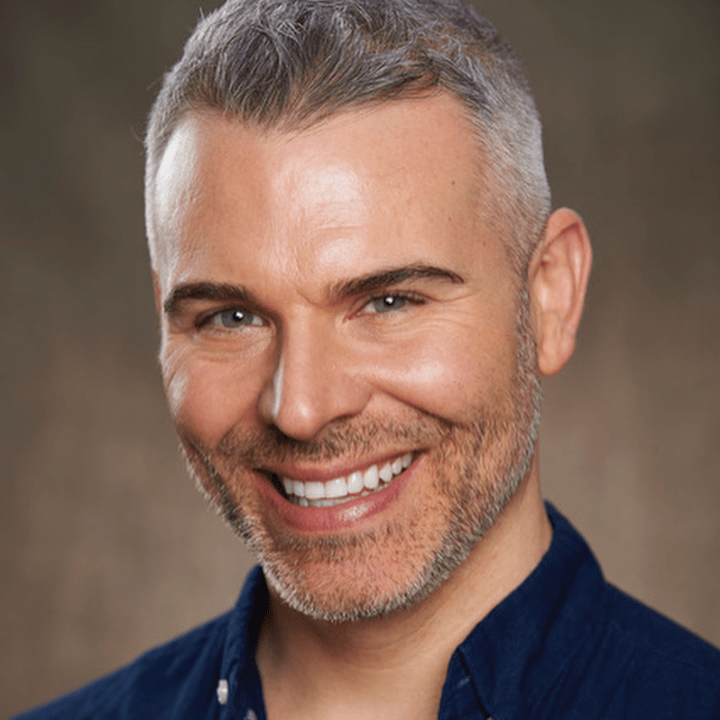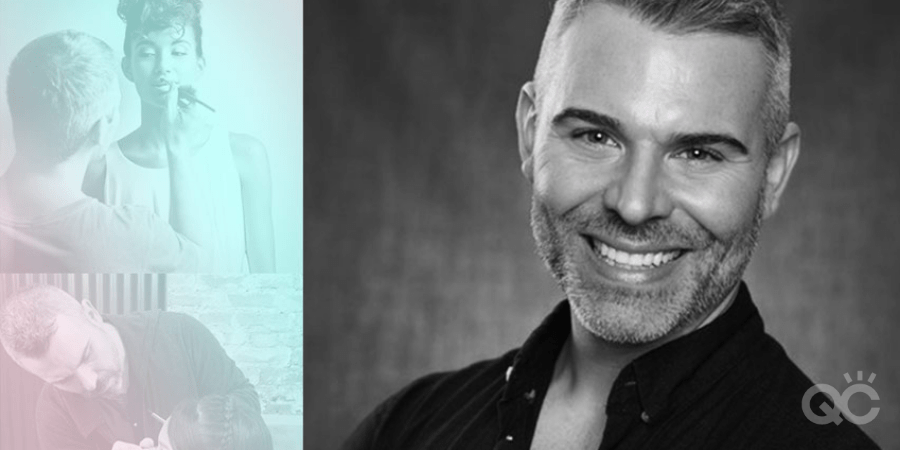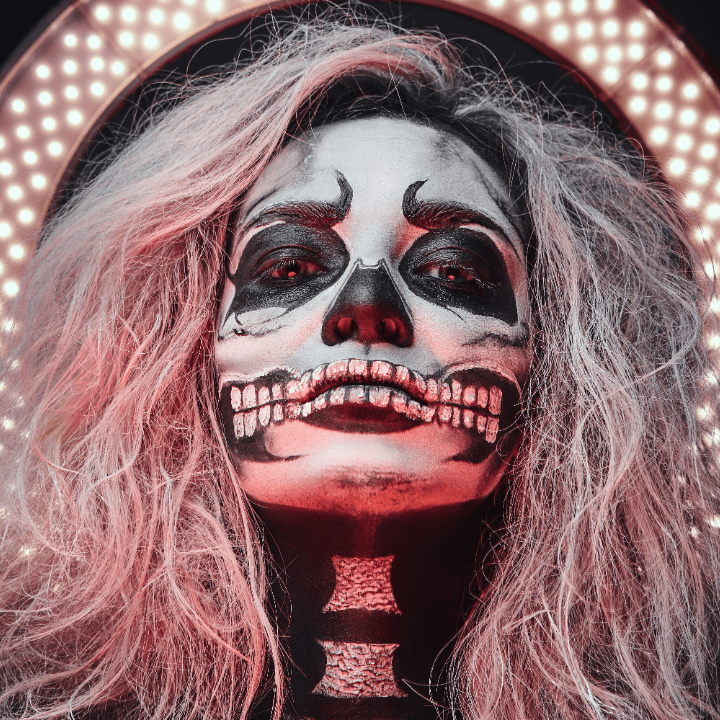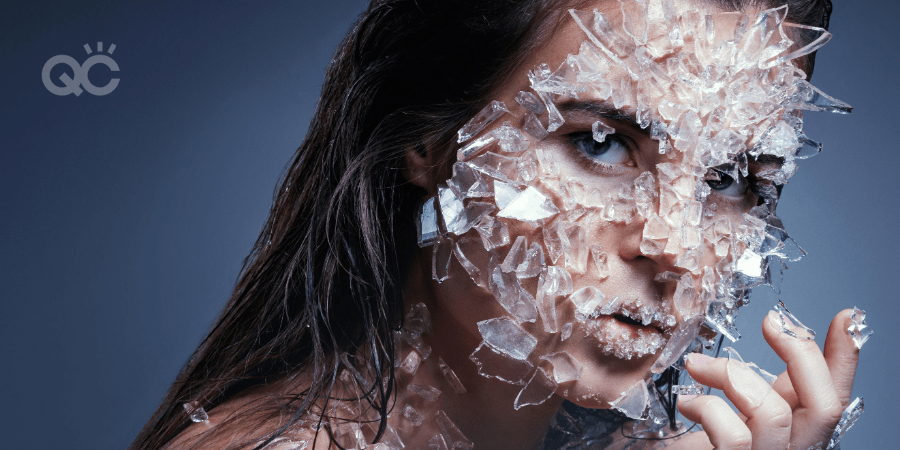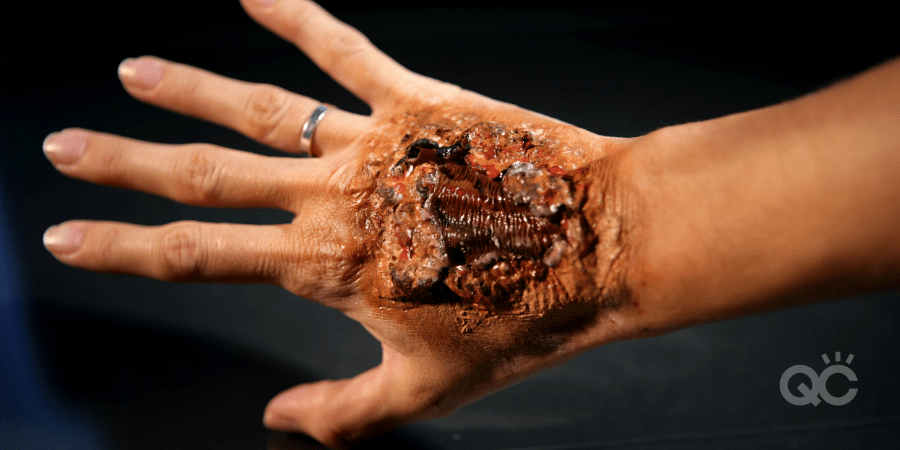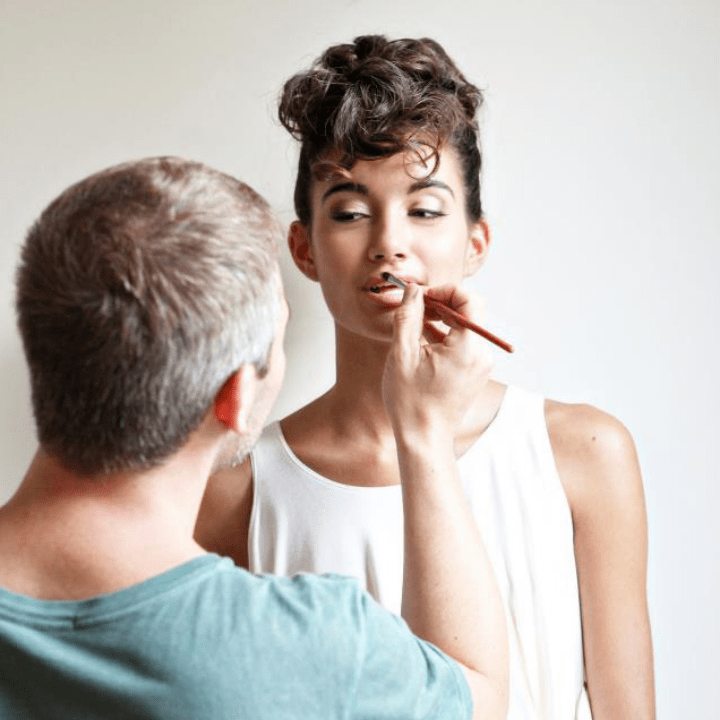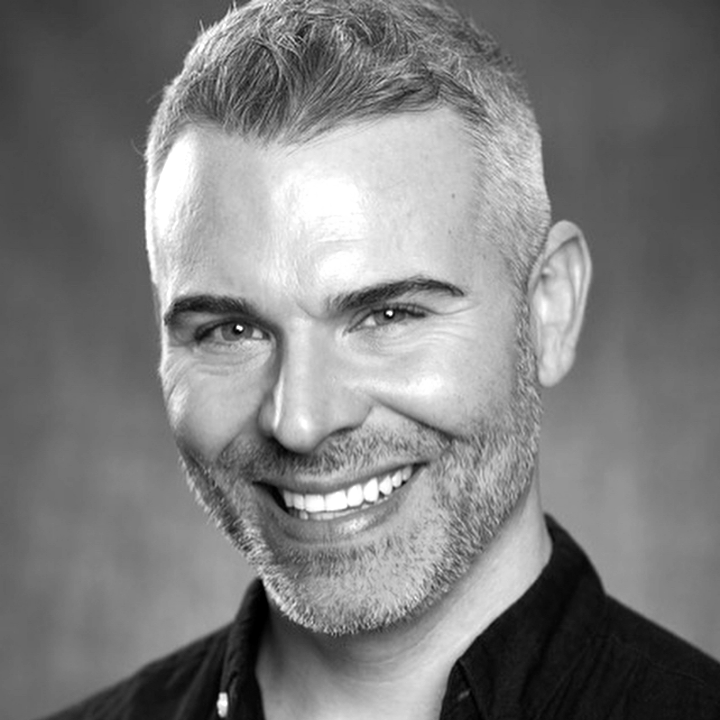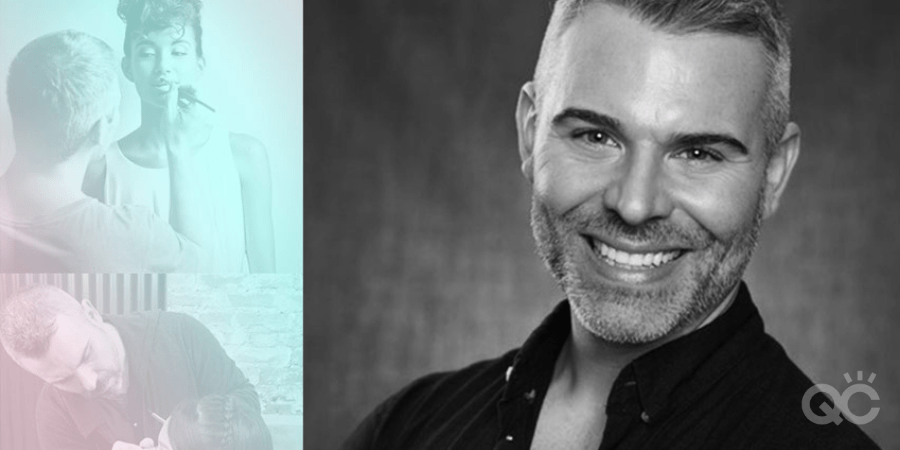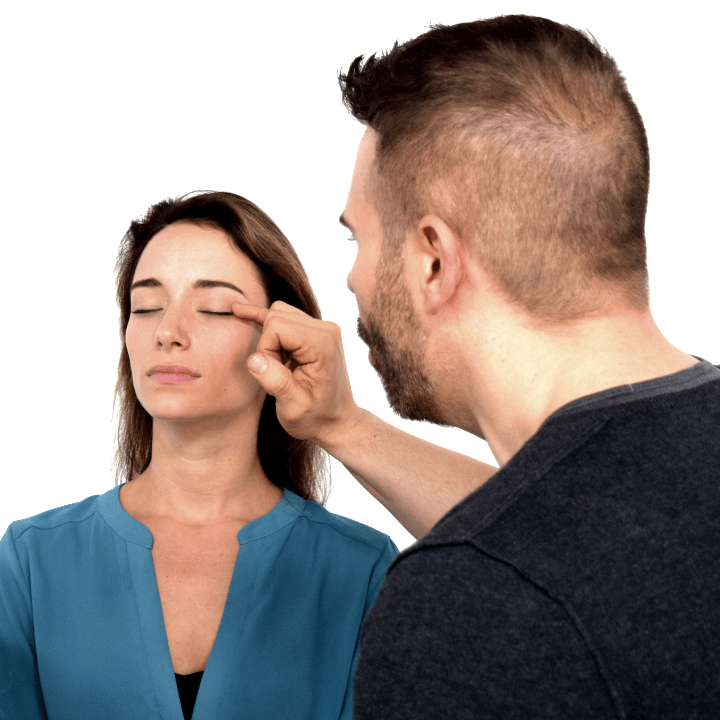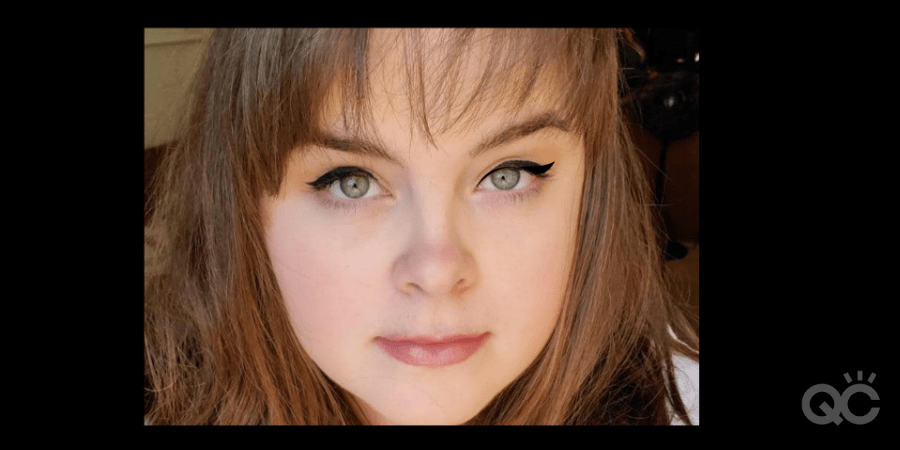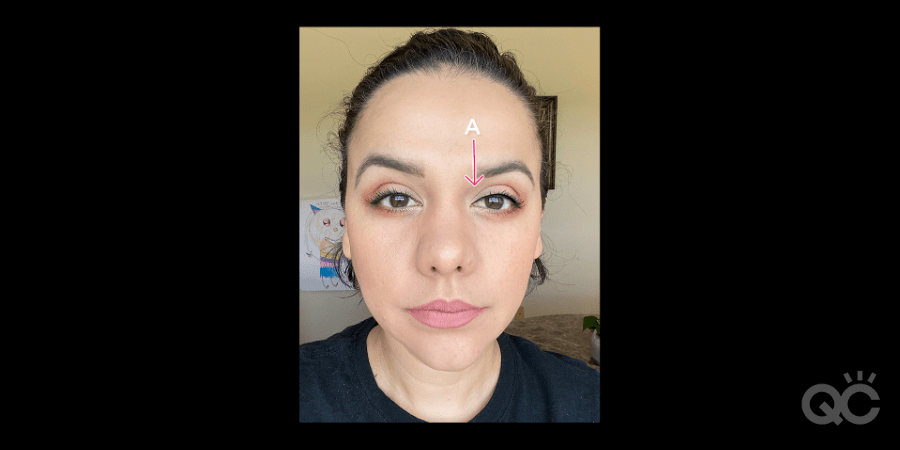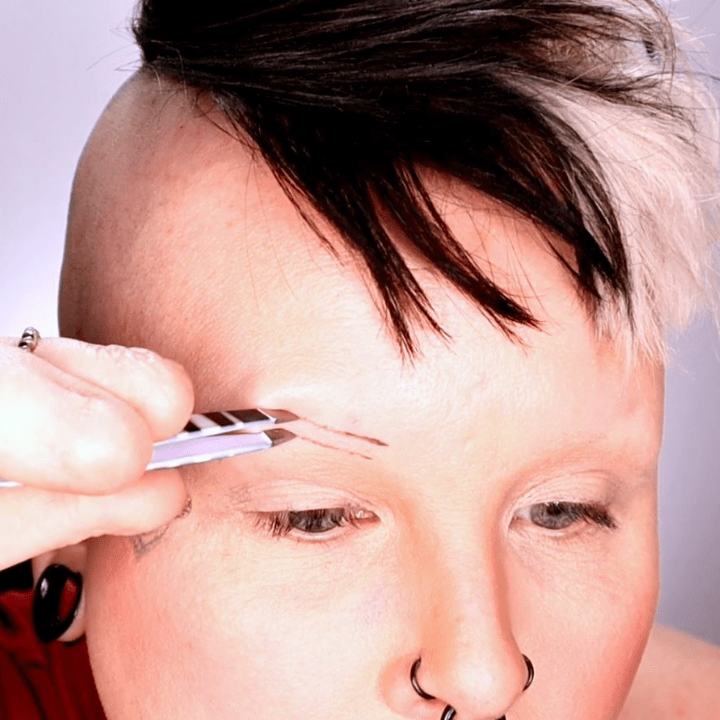
There are countless trending TikTok makeup hacks floating around out there… but do they actually work? QC Makeup Academy’s Student Ambassador, Amanda Ramey, is on the case and aims to find out once and for all!
Testing 5 Viral TikTok Makeup Hacks
Amanda Ramey is a professional makeup artist and a graduate of the following QC Makeup Academy certification programs:
- Master Makeup Artistry
- Pro Makeup Workshop
- Airbrush Makeup Workshop
- Special FX Makeup
In the following video, Amanda uses her professional knowledge and experience to test 5 popular TikTok makeup hacks. Her goal? To see if they achieve what they say they’ll achieve – or if they fail the test!
Want to connect with Amanda directly? Join QC Makeup Academy’s Virtual Classroom on Facebook today!
To Recap…
Amanda reviewed and tested out the following makeup hacks (as made popular on TikTok):
- Face Lift Concealer Hack (1:02 – 3:27). After testing out this hack, keeping in mind the professional training under her belt, Amanda gave it a score of 9/10.
- Fork Contour Hack (3:29 – 5:25). Scoring the lowest of all 5 viral TikTok makeup hacks, this one earned a painful (but warranted) 0/10 rating from Amanda.
- Blush Hack (5:27 – 7:18). Thanks to this makeup hack’s accurate techniques and correct application, Amanda gave it a solid 10/10!
- Eyebrow Tweezer Hack (7:20 – 10:04). There is so much wrong with this hack, we don’t even know where to begin. In fact, it got Amanda go shook that she didn’t even remember to rate it… But based on her reaction after trying it out, we think she probably gave it a -5/10.
- Eyeliner Hack (10:05 – 12:50). While this hack technically works, it’s going to make symmetry and matching the other eye a major challenge. For these reasons, Amanda gave this hack a rating of 6/10.
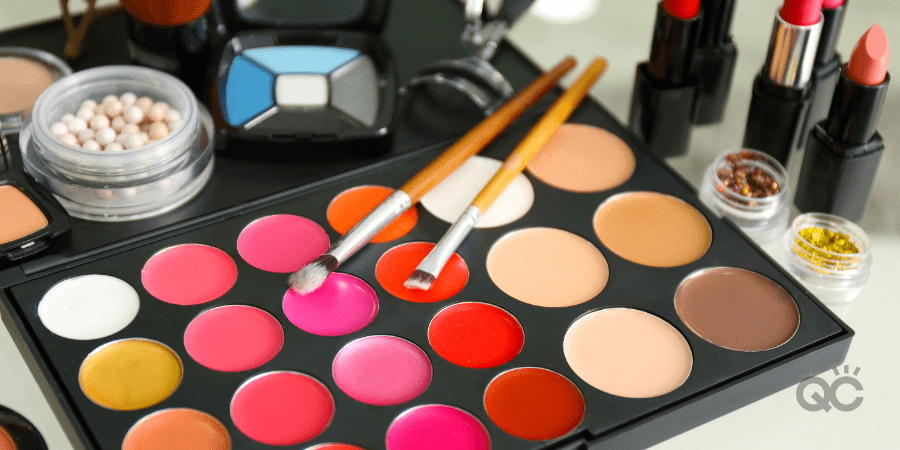
Why NO TikTok Makeup Hacks Can Beat Professional Training
Makeup hacks are fun to try, – and definitely cool when they work as promised. However, they can never truly replace professional training! Learning makeup through social media will never be the same as learning proper practice from industry-trained experts.
Remember: when you learn makeup from influencers, you are only learning how to copy a style. Style is not the same as technique. Knowing only style will forever limit you to being a trend-follower.
Techniques, on the other hand, are the foundations you need to learn in order to be able to create different makeup styles. Technique will arm you with all the skills needed to be able to transcend, get creative, and become a trend-setter.
You need one in order to be able to master the other – but ALWAYS in this order. As the saying goes, “You have to learn to walk before you can run.”
